Sleep training isn’t just for babies – there is a whole world of techniques out there designed to help beat insomnia in adults. So, if you’ve cut out the coffee, overhauled your bad sleep habits and tried every quick-fix trick in the book, and you’re still lying awake staring at the ceiling every night, one of these science-backed techniques could be the solution.
And if you’re not ready to commit the time and money to a professional course just yet, there are plenty of tried-and-tested tips you can steal from the experts to try out at home.
Sleep Restriction
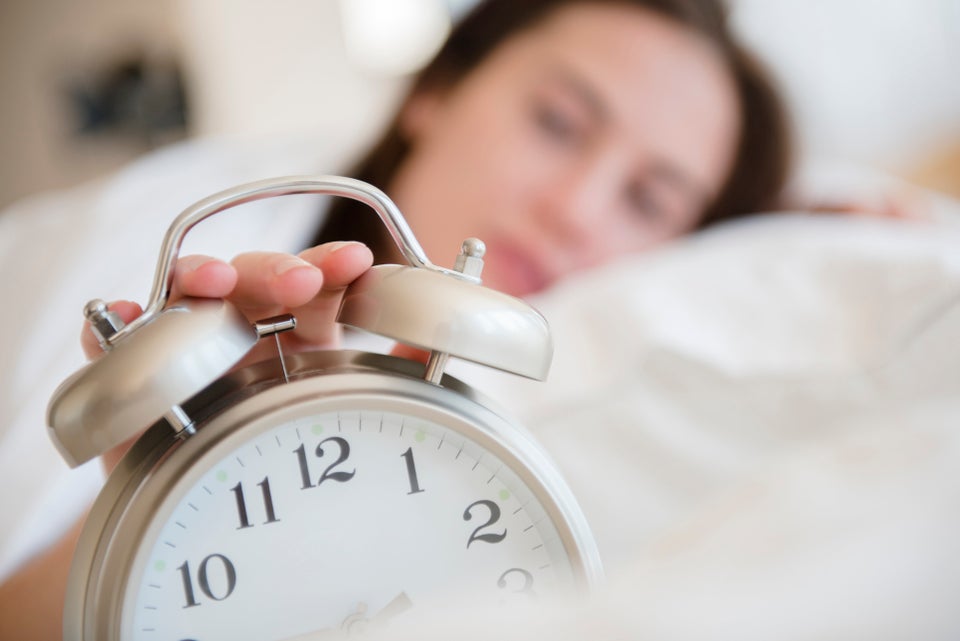
JGI/Jamie Grill via Getty Images
When you’re not sleeping well, your instinct is probably to spend more time in bed. But while it might sound counterintuitive, restricting your sleep could ultimately lead to more shut-eye in the long-term. The aim of sleep restriction is to spend less non-sleep time in bed. This creates a mild sleep deprivation and can promote an earlier sleep onset.
The first step is to pick a waking-up time and stick to it with absolute conviction. Then you need to establish your average total sleep time per night by keeping a sleep diary for a week. If you sleep seven hours a night, you need to go to bed seven hours before your chosen wake-up time. And stick to it. It sounds simple but throw social engagements and TV dramas into the mix and it requires more determination and commitment than you might think.
The first step is to pick a waking-up time and stick to it with absolute conviction. Then you need to establish your average total sleep time per night by keeping a sleep diary for a week. If you sleep seven hours a night, you need to go to bed seven hours before your chosen wake-up time. And stick to it. It sounds simple but throw social engagements and TV dramas into the mix and it requires more determination and commitment than you might think.
Stimulus Control
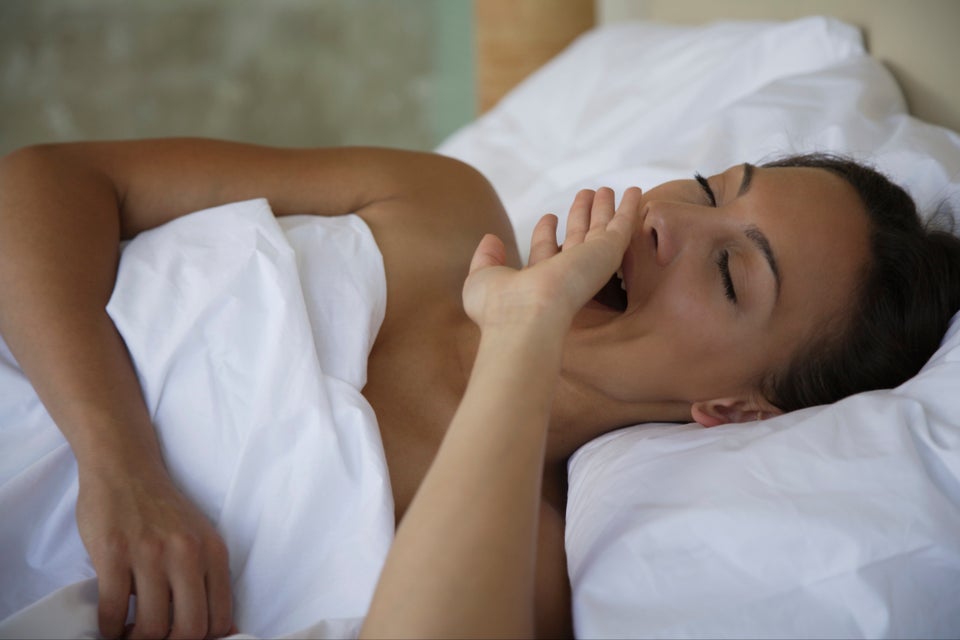
altrendo images via Getty Images
If sleep restriction sounds a little regimented, you could try the ‘stimulus control’ technique, which aims to create a strong association between your bed and sleeping.
This involves going to bed only when you feel tired and setting your alarm for the same time every morning. If you wake up and can’t get back to sleep, you get out of bed and go into another room to do some form of non-stimulating activity, such as those great retro throwbacks, knitting or a colouring book. It also means you can only use your bedroom for sleep (and sex!) – not for reading or doing the crossword, and certainly not for watching TV or scrolling through your social feeds.
This involves going to bed only when you feel tired and setting your alarm for the same time every morning. If you wake up and can’t get back to sleep, you get out of bed and go into another room to do some form of non-stimulating activity, such as those great retro throwbacks, knitting or a colouring book. It also means you can only use your bedroom for sleep (and sex!) – not for reading or doing the crossword, and certainly not for watching TV or scrolling through your social feeds.
Jacobson's Progressive Relaxation
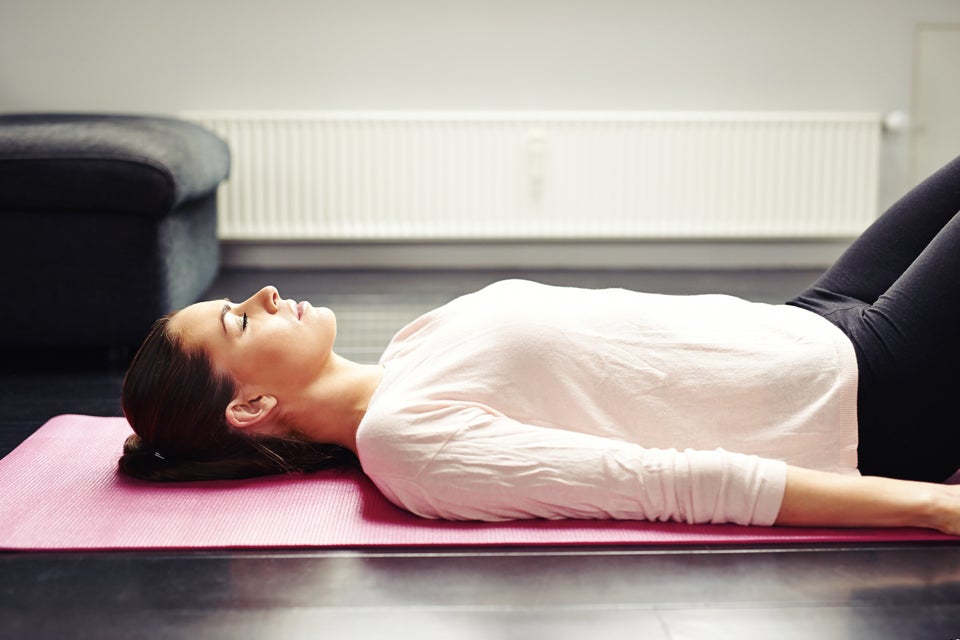
Ammentorp Photography via Getty Images
Jacobson’s progressive relaxation technique involves contracting each of your muscle groups to induce a state of calm – and is widely used by medical experts. But it can also work well as a natural sleep aid for obvious reasons. Example moves include pressing your heels into the floor, holding and then letting go or pulling your knees together, holding briefly, then letting them drift apart a little, being aware of the new position. Find a full breakdown of the technique to try at home in this information sheet from Guy’s and St Thomas’ Hospital in London.
Advertisement
Autogenic Training
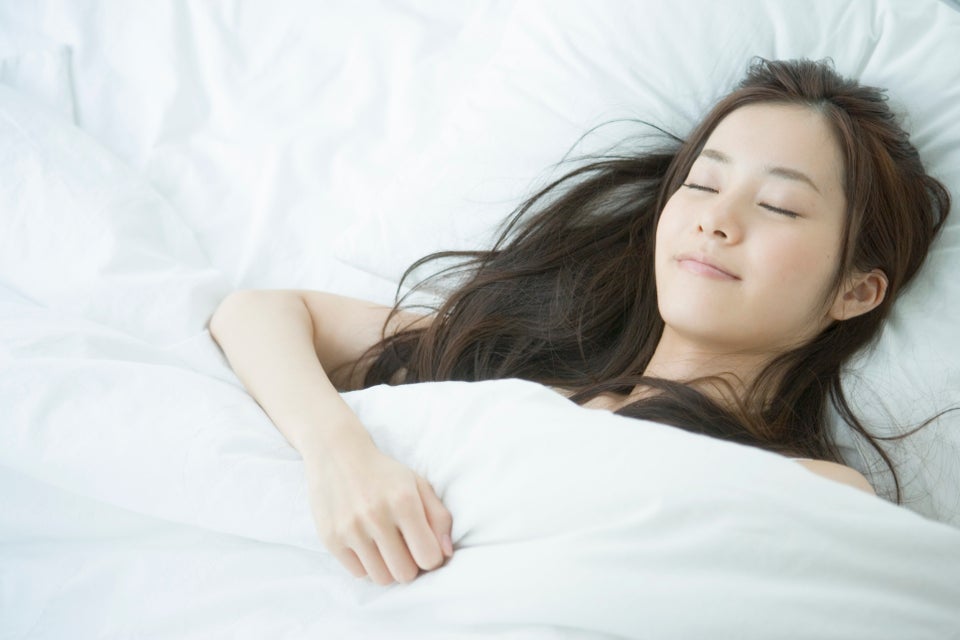
Indeed via Getty Images
Another technique involving muscle relaxation is Autogenic Training, which involves focusing awareness on different parts of the body and consciously relaxing them. This can be taught on courses to an advanced level (apparently, with practice, even your pulse can be influenced) but you can certainly try your own version at home.
Lying on your back in bed, allow each muscle group to ‘go to sleep’ starting at your feet and working your way up to the head. Even if you don’t drift off, this ‘virtual massage’ will leave you feeling wonderfully relaxed.
Lying on your back in bed, allow each muscle group to ‘go to sleep’ starting at your feet and working your way up to the head. Even if you don’t drift off, this ‘virtual massage’ will leave you feeling wonderfully relaxed.
Cognitive Behavioural Therapy

Tetra Images via Getty Images
Unhelpful thought patterns around sleep can seriously exacerbate your inability to drop off. Cognitive Behavioural Therapy aims to tackle these patterns by challenging exaggerated and unrealistic, but deeply ingrained, beliefs about sleep. For instance, if you convince yourself you won’t be able to make it through tomorrow’s meeting if you don’t get back to sleep, this could be the very stress that ultimately keeps you awake. A more realistic approach might be to remind yourself that last time you had a bad night’s sleep you coped fine the following day.
If you’d prefer to get the benefits of CBT from the comfort of your own laptop, Sleepio offers an online CBT-based programme masterminded by one of the country’s leading sleep experts Professor Colin Espie.
If you’d prefer to get the benefits of CBT from the comfort of your own laptop, Sleepio offers an online CBT-based programme masterminded by one of the country’s leading sleep experts Professor Colin Espie.
Mindfulness Meditation
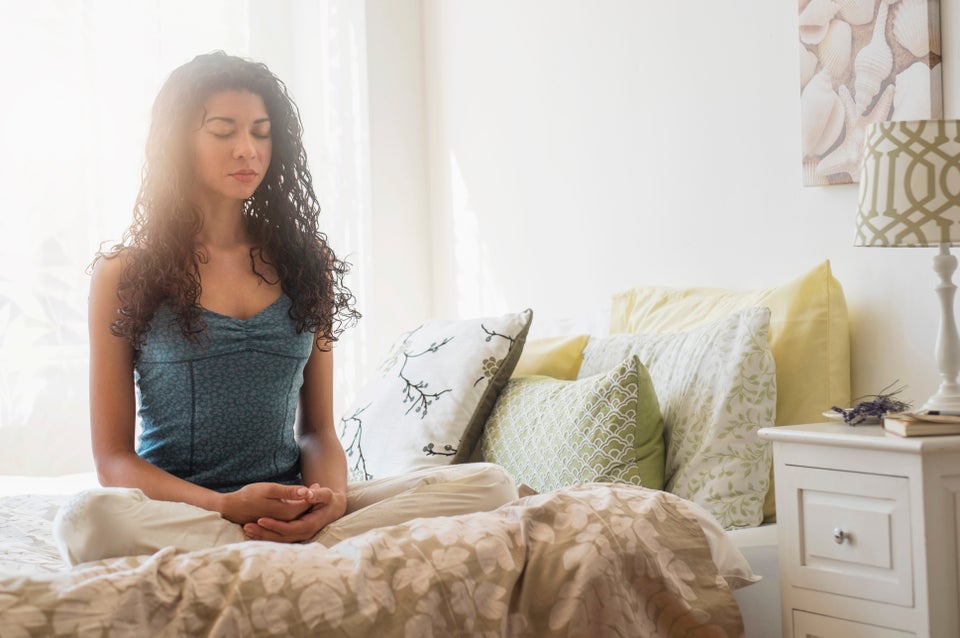
JGI/Tom Grill via Getty Images
By focusing your attention on the breath or the body, mindfulness meditation allows you to detach yourself from your thoughts. So if you lie awake at night, your mind racing, ruminating on the day’s low points or panicking about tomorrow’s to-do list, meditation could be the perfect solution. A Harvard study found that mindfulness meditation could improve sleep and reduce insomnia.
With the practice growing rapidly in popularity, eight-week introductory courses to mindful meditation are available all over the country – and are ideal for getting to grips with the basic techniques and principles. But it can also be practised at home with the help of an app, such as Headspace, which includes specially designed sleep meditations.
With the practice growing rapidly in popularity, eight-week introductory courses to mindful meditation are available all over the country – and are ideal for getting to grips with the basic techniques and principles. But it can also be practised at home with the help of an app, such as Headspace, which includes specially designed sleep meditations.
Advertisement